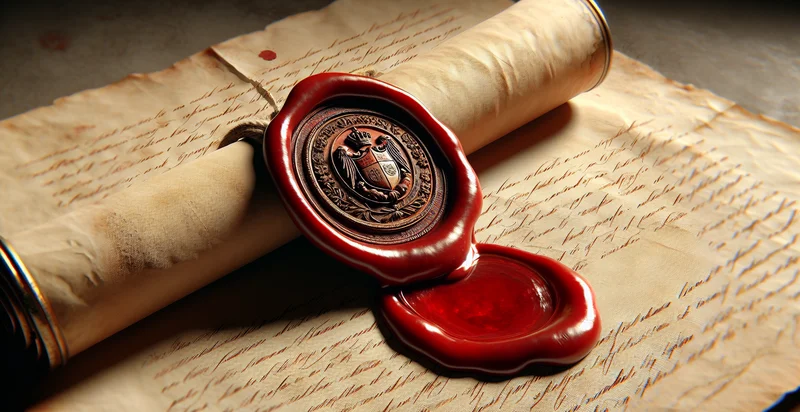Identify sealed vs unsealed
using AI
Below is a free classifier to identify sealed vs unsealed. Just upload your image, and our AI will predict if the package is sealed or unsealed - in just seconds.

Contact us for API access
Or, use Nyckel to build highly-accurate custom classifiers in just minutes. No PhD required.
Get started
import nyckel
credentials = nyckel.Credentials("YOUR_CLIENT_ID", "YOUR_CLIENT_SECRET")
nyckel.invoke("sealed-vs-unsealed", "your_image_url", credentials)
fetch('https://www.nyckel.com/v1/functions/sealed-vs-unsealed/invoke', {
method: 'POST',
headers: {
'Authorization': 'Bearer ' + 'YOUR_BEARER_TOKEN',
'Content-Type': 'application/json',
},
body: JSON.stringify(
{"data": "your_image_url"}
)
})
.then(response => response.json())
.then(data => console.log(data));
curl -X POST \
-H "Content-Type: application/json" \
-H "Authorization: Bearer YOUR_BEARER_TOKEN" \
-d '{"data": "your_image_url"}' \
https://www.nyckel.com/v1/functions/sealed-vs-unsealed/invoke
How this classifier works
To start, upload your image. Our AI tool will then predict if the package is sealed or unsealed.
This pretrained image model uses a Nyckel-created dataset and has 2 labels, including Sealed and Unsealed.
We'll also show a confidence score (the higher the number, the more confident the AI model is around if the package is sealed or unsealed).
Whether you're just curious or building sealed vs unsealed detection into your application, we hope our classifier proves helpful.
Related Classifiers
Need to identify sealed vs unsealed at scale?
Get API or Zapier access to this classifier for free. It's perfect for:
- Quality Control in Packaging: Implementing a sealed vs unsealed image classification system can help manufacturers automatically inspect products on the assembly line. By identifying sealed packages, companies can ensure that only items meeting quality standards are shipped, reducing the potential for returns or complaints.
- Inventory Management: Retailers can utilize this classification function to monitor stock integrity. By identifying unsealed goods, they can promptly address any potential tampering or damage, maintaining accurate inventory levels and enhancing customer trust.
- E-Commerce Verification: Online platforms can integrate a sealed vs unsealed classification to verify product authenticity upon return or delivery. This ensures that customers receive sealed items as described, minimizing disputes and enhancing customer satisfaction.
- Compliance Monitoring: In industries with strict regulations on packaging, this image classification system can assist compliance officers in ensuring all products are correctly sealed. This reduces the risk of regulatory fines and supports overall safety standards.
- Food Safety Inspection: Food manufacturers and distributors can leverage the classification system to ensure that all packages are sealed correctly to prevent contamination. This ensures consumer safety and complies with health regulations in the food industry.
- Logistics and Shipping Security: Shipping companies can deploy sealed vs unsealed classification at checkpoints to ensure that packages have not been tampered with during transit. This enhances security protocols and reduces theft or loss rates.
- Returns Processing: Retailers can use the classification function to streamline returns by quickly identifying unsealed packages. This ensures that only legitimate returns are processed, reducing fraud and improving overall operational efficiency.


